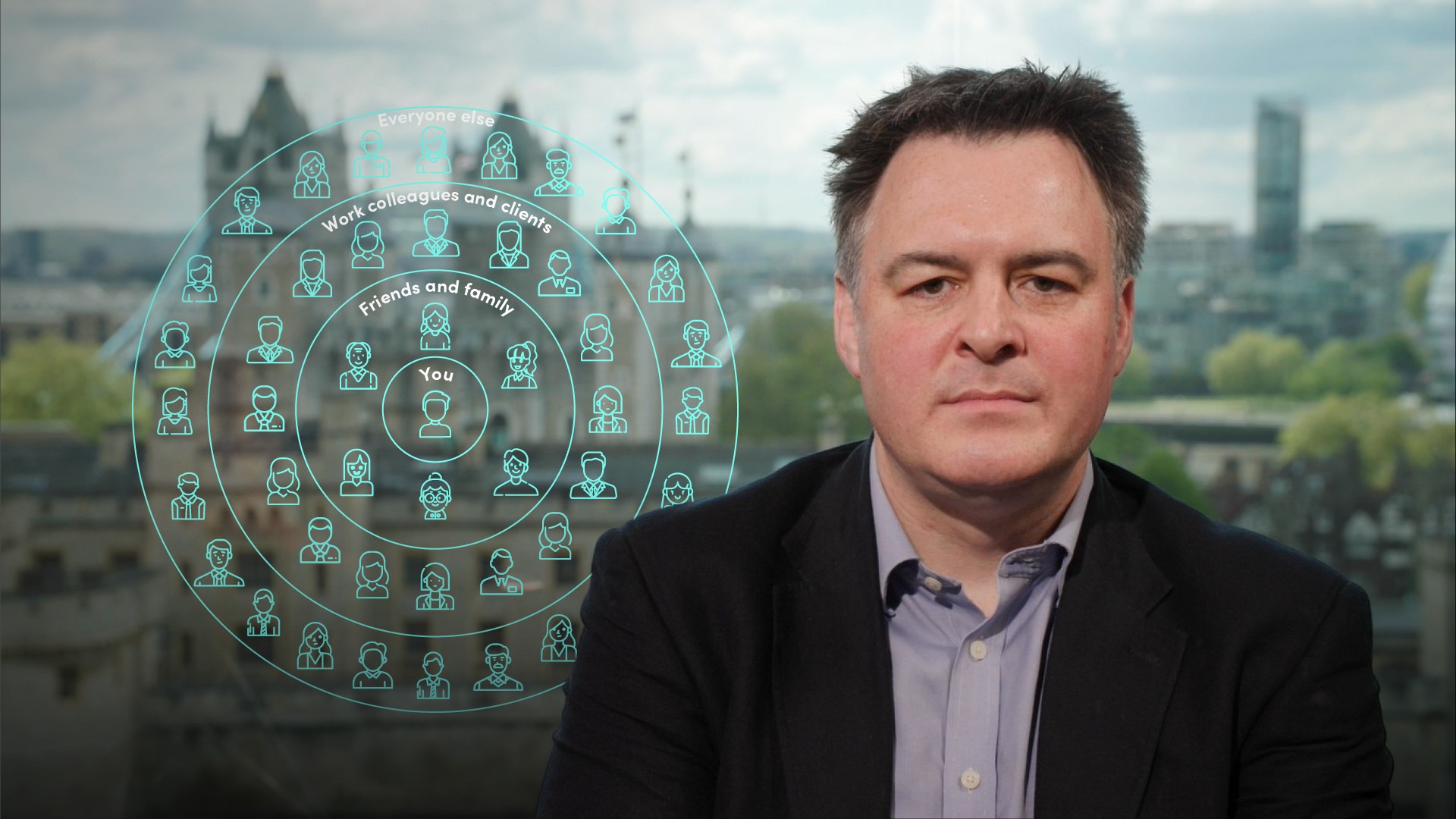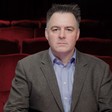
An Ethical Framework for Decision Making II

Christian Hunt
25 years: Behavioural science & compliance
Ethical decision making can be tricky, things are not always black and white. Following an ethics framework will help you overcome these challenges. The framework has 7 steps, this video will cover the last 4, those being ‘How will it look on social media?’, ‘If you know it's wrong, don’t do it’, ‘If you’re not sure, ask’ and ‘Keep asking until you get an answer’.
Ethical decision making can be tricky, things are not always black and white. Following an ethics framework will help you overcome these challenges. The framework has 7 steps, this video will cover the last 4, those being ‘How will it look on social media?’, ‘If you know it's wrong, don’t do it’, ‘If you’re not sure, ask’ and ‘Keep asking until you get an answer’.

An Ethical Framework for Decision Making II
12 mins 17 secs
Key learning objectives:
Understand why ethical decisions are not always simple
Apply the last four steps of the ethical framework
Overview:
Ethical decision making can be tricky, things are not always black and white. Following an ethics framework will help you overcome these challenges. The framework has 7 steps, this video will cover the last 4, those being ‘How will it look on social media?’, ‘If you know it's wrong, don’t do it’, ‘If you’re not sure, ask’ and ‘Keep asking until you get an answer’.
How do I assess whether a decision is ethical? (steps 4 - 7)
4. How will it look on social media?
This question asks how a decision will be perceived on social media, it steps away from ‘I’ and asks what other people would think if we were to make a certain decision. Even if you think something is acceptable, others might not.
5. If you know it’s wrong, don’t do it.
This seems like a strange step, however, it’s perfectly possible that we’ve managed to pass the first four steps and still have a niggling doubt in our minds. This question is asking, ‘so, you’ve made it this far in the test, but are you still sure it is a good idea?’.
6. If you’re not sure, ask.
For the first time in the framework, we’re shifting from thinking about the issue ourselves to actually asking other people.
There will be certain situations where we need another perspective. However, choose a person that is not going to just tell you what you want to hear and a person that knows enough detail about what we’re looking at to be able to answer suitably.
7. Keep asking until you get an answer.
This doesn’t mean shopping around in step 6 until you get the answer you’re looking for. If the person you asked in step 6 hasn’t been able to help you, keep asking different questions until you get an answer that makes sense and is clear.

Christian Hunt
There are no available Videos from "Christian Hunt"

